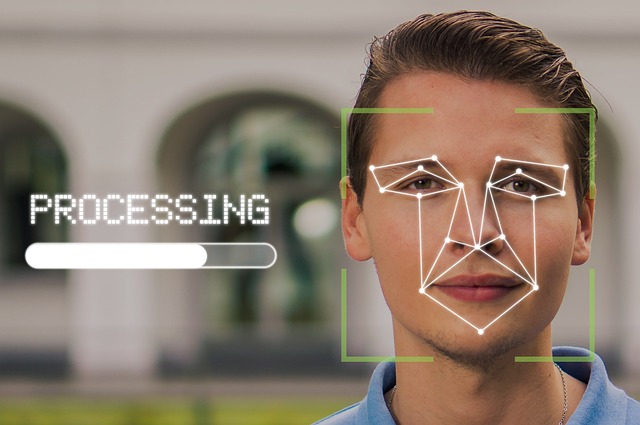Signal-to-Action Steps for Validating Subsurface Flow Indicators
This article outlines practical signal-to-action steps for validating subsurface flow indicators, linking sensor outputs to field decisions. It summarizes common detection modalities, guidance on data triage, calibration essentials, and tactical sampling and mapping practices to confirm anomalous flows.

Subsurface flow indicators often appear as ambiguous signals across different measurement systems. Converting raw acoustic, thermal, and pressure signatures into reliable evidence requires a structured signal-to-action workflow that blends sensorfusion, careful localization, and pragmatic fieldwork. This article describes methods to triage signals, calibrate instruments, design sampling plans, and map anomalies within a topology-aware context so validation steps are repeatable and defensible.
How does acoustic sensing indicate subsurface flow?
Acoustic detection identifies fluid movement by capturing sound signatures from pipe leaks, soil seepage, or groundwater movement. Acoustic data should be recorded across a range of frequencies and correlated with known background noise profiles. During triage, prioritize persistent tonal or broadband signals that coincide with expected flow dynamics. Use localization routines to estimate source areas and combine acoustic readings with pressure trends before committing to intrusive sampling. Proper calibration against known leak simulators improves confidence in acoustic indicators and reduces false positives from environmental noise.
How does thermal imaging reveal anomalies?
Thermal surveys detect temperature contrasts caused by subsurface flow where moving fluids alter soil or structure temperatures. Thermal data are especially useful during diurnal cycles or after controlled temperature changes. Fieldwork planning should account for emissivity, surface moisture, and shading to avoid misinterpreting thermal patterns. Mapping thermal anomalies alongside topology and drainage features helps prioritize sampling locations. Thermal results are most convincing when paired with pressure shifts or corroborative acoustic evidence through sensorfusion approaches.
What does pressure monitoring contribute to validation?
Pressure monitoring provides temporal context for subsurface flow, revealing transient events and persistent depressurization consistent with leaks. Continuous pressure logs can show correlations with operational cycles, weather, or localized interventions. In validation workflows, use pressure baselines and look for step changes or oscillatory behavior that align with acoustic or thermal anomalies. Pressure sensors require routine calibration and redundancy to ensure data integrity; anomalous readings should trigger targeted sampling and more intensive localization efforts rather than immediate remedial action.
How does sensorfusion improve sampling and triage?
Sensorfusion integrates streams—acoustic, thermal, pressure, and sometimes chemical or flow meters—to improve the signal-to-noise ratio and aid triage. Fusion algorithms can weight modalities based on context: acoustic for high-frequency leaks, thermal for surface manifestations, and pressure for system-wide dynamics. Effective sensorfusion reduces unnecessary excavations by highlighting consensus zones where multiple indicators overlap. During sampling, prioritize locations where fused outputs and topology-based flow paths intersect, and document sensor alignment, time stamps, and environmental conditions.
How does localization and mapping guide fieldwork?
Localization refines approximate indicator locations into actionable coordinates for sampling and inspection. Use cross-correlation techniques for acoustic arrays, time-of-flight estimates for pressure wave propagation, and geospatial overlays that incorporate topology and existing infrastructure maps. Mapping should visualize confidence envelopes, not just single-point estimates, to guide triage and resource allocation. Fieldwork teams use these maps to plan safe access, choose appropriate sampling methods, and sequence investigative steps that minimize disturbance while maximizing confirmatory evidence collection.
How do calibration and topology affect results?
Calibration underpins reliable interpretation: sensors must be checked against standards and site-specific baselines, including acoustic calibrators, thermal references, and pressure deadweight tests. Topology—subsurface layers, piping geometry, and hydrologic gradients—influences how signals travel and where anomalies manifest. Validation protocols should combine calibrated sensor readings with topology-aware models to predict likely flow paths and prioritize sampling. When results conflict, iterative recalibration and additional sampling guided by updated topology models often resolve discrepancies.
Conclusion A methodical signal-to-action workflow transforms disparate detections into validated subsurface flow evidence. By combining acoustic, thermal, and pressure modalities through sensorfusion, applying robust localization and mapping, and enforcing calibration and disciplined triage, teams can make defensible decisions about sampling and intervention. Repeating this cycle and documenting each step builds a reliable record that supports both operational responses and longer-term understanding of subsurface behavior.





